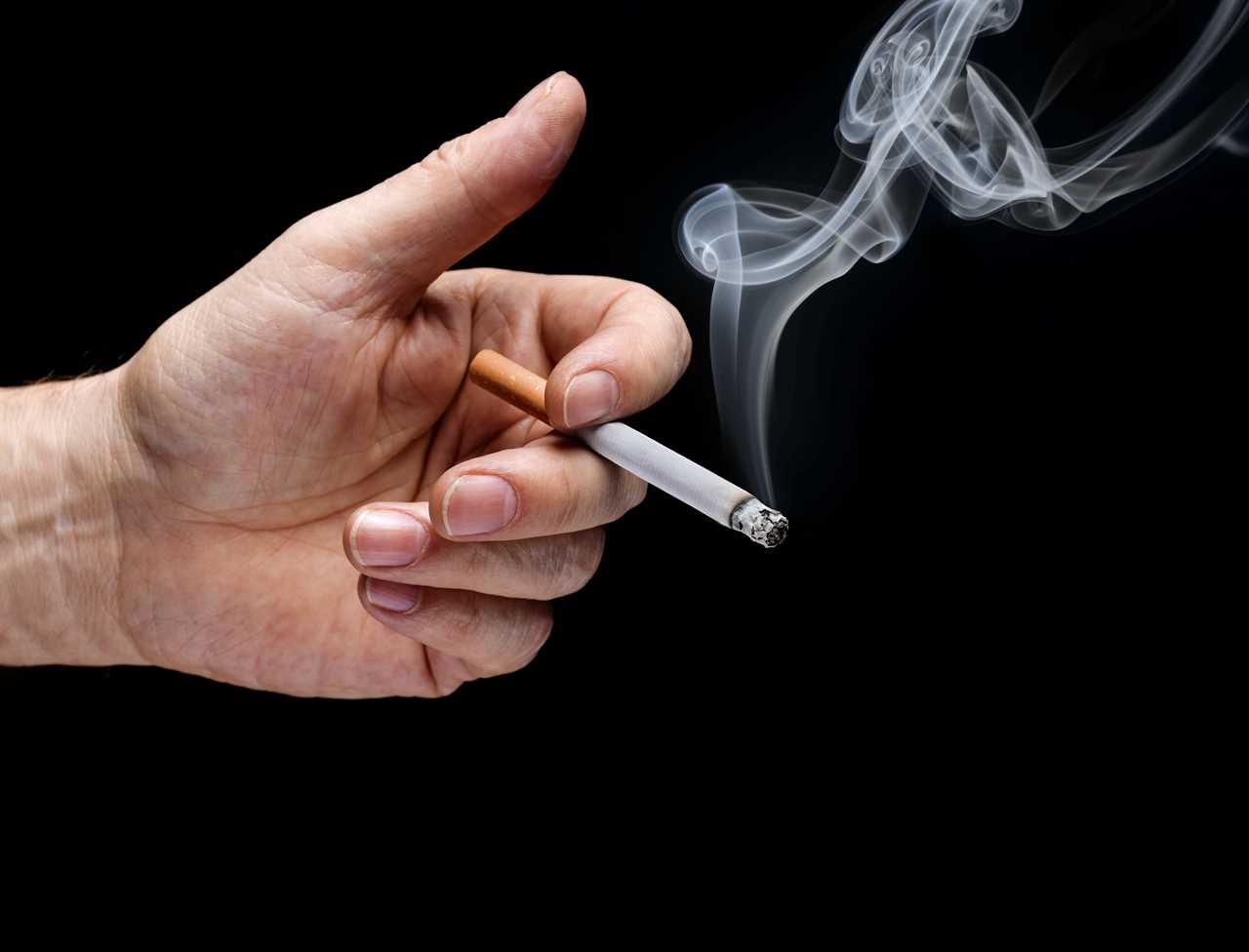IF you’re partial to a cigarette then it’s likely you would have heard of second-hand smoke.
Smoking is dangerous and can cause a whole host of health issues – including lung cancer.

Smoking doesn’t just damage your health, but the health of those around you
Now experts have revealed that there is such a thing as third-hand smoke, which can cause serious complications.
This could be smoke that lingers on your clothes and your household products such as bedding and sofas.
The difference between second and third-hand smoke – is that you’re more likely to inhale chemicals from surfaces and items – rather than directly from cigarettes.
Even if you have never smoked, you can get lung cancer.
Previous studies found that second-hand smoke, the smoke which you might inhale from others smokers – can also be deadly.
When you smoke, most of it doesn’t go into your lungs, but into the air around you.
Second-hand smoke is that smoke you exhale, plus the ‘side stream’ of smoke created by the lit end of your cigarette, the NHS says.
Those who breath this in on a regular basis are more likely to get the same illnesses as smokers as well as heart disease.
Experts at the Lawrence Berkeley National Laboratory in California, US, looked into the impacts of third-hand smoke and said hazardous chemicals included in cigarettes can linger.
Writing in the journal of Environmental Science & Technology, these, the medics say, can cause major long-term health risks.
Living in such spaces where there is lots of smoke and handling items such as clothing and bedding that have been around smoke could be enough to expose someone to toxic levels.
The experts looked specifically at TSNAs (tobacco-specific nitrosamines), which is a cancer causing compound which occurs when surfaces absorb toxins and nitrous acid (HONOs).
Study lead, Xiaochen Tang from Berkeley Lab’s Indoor Environment Group said: “Nicotine is released in large amounts during smoking, and it coats all indoor surfaces, including human skin.
“We found that the presence of skin oils and sweat on model surfaces led to a higher yield of TSNAs in the presence of HONO, compared with clean surfaces.”
The experts looked at the penetration of nicotine through the skin of mice.
They found that direct dermal contact resulted in the accumulation and circulation in the body for seven days after dermal exposure was discontinued.
Medics said that inhalation, dust ingestion and dermal exposure were all responsible for passing on the smoke and its detrimental effects.
“These cumulative exposures can contribute to an elevated cancer risk.
“Dermal exposure routes contribute significantly to TSNA intake at levels that can be comparable to or even higher than inhalation”, they said in the paper.
Co-author Neal Benowitz added: “These findings illustrate the potential health impacts of thirdhand smoke, which contains not only TSNAs but hundreds of other chemicals, some of which are also known carcinogens.”






